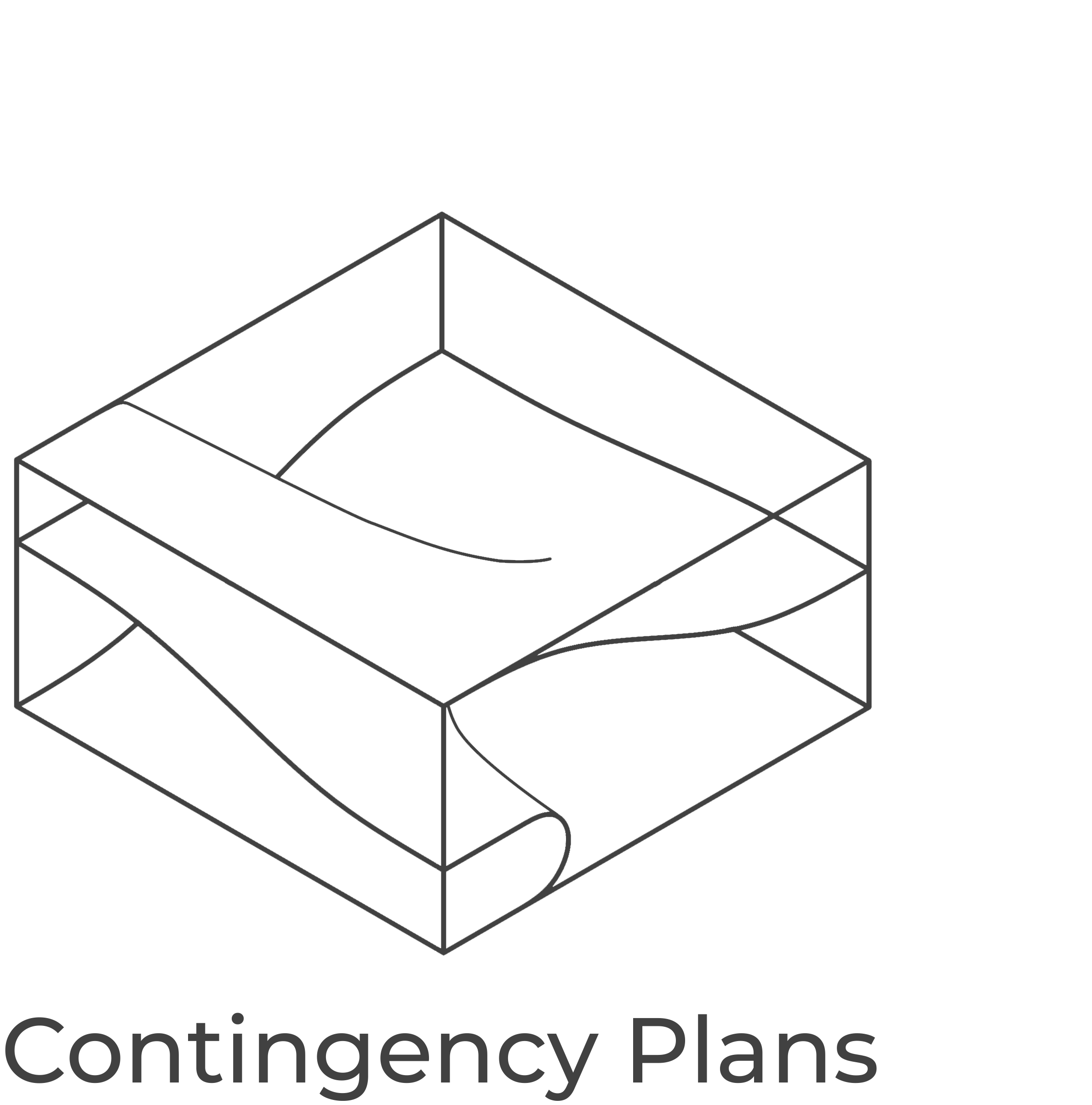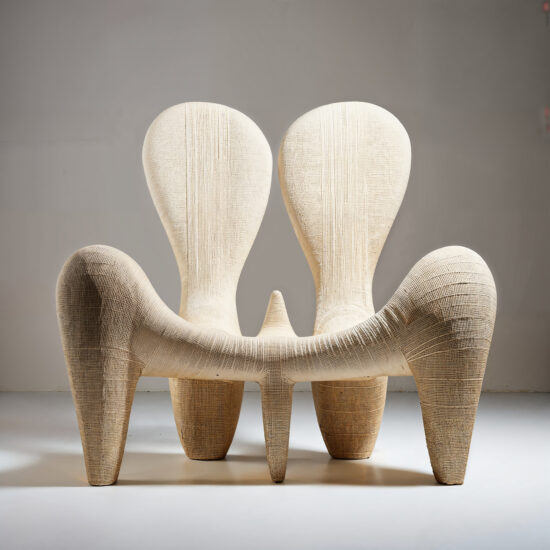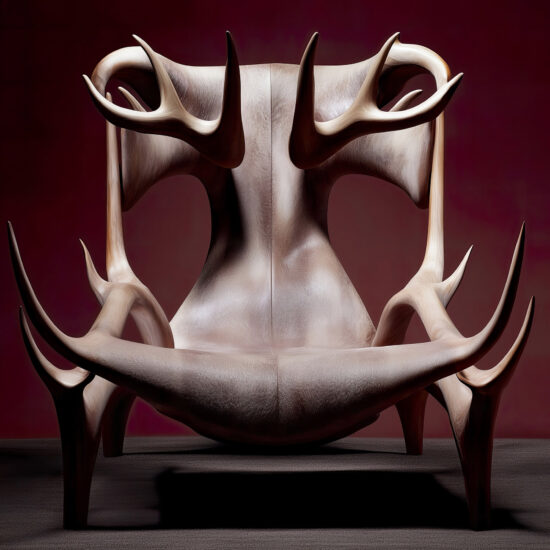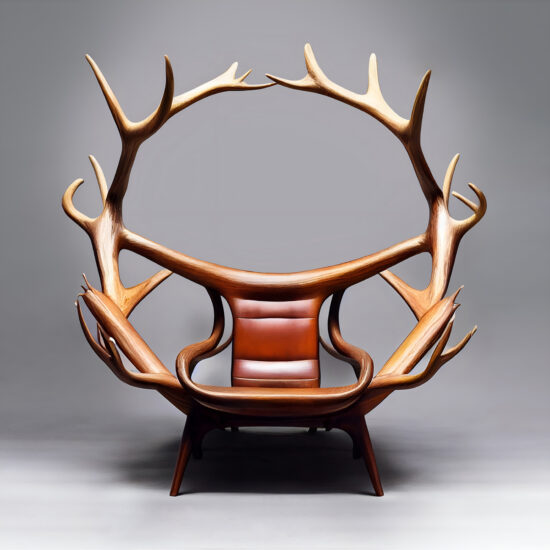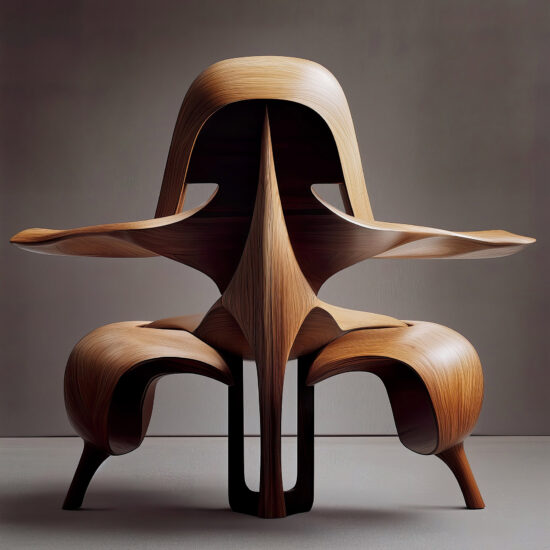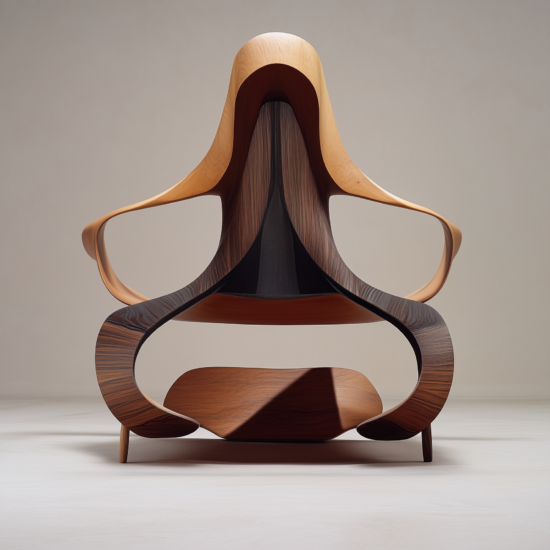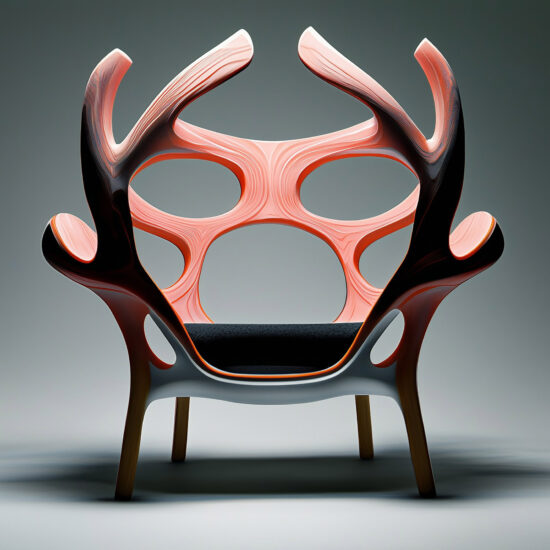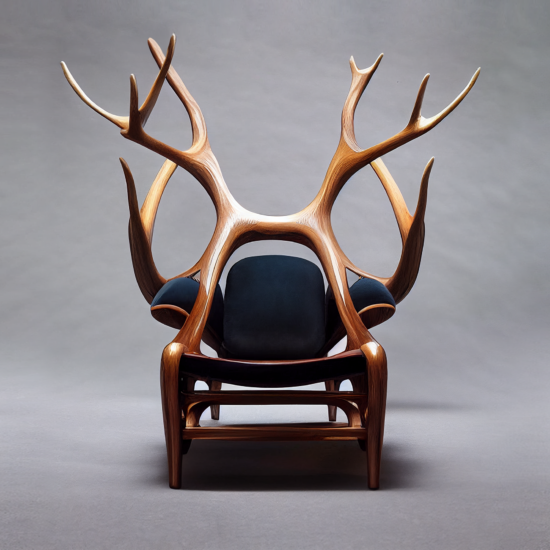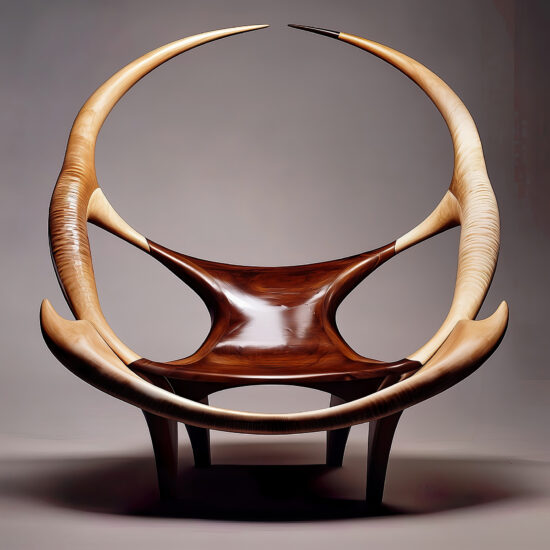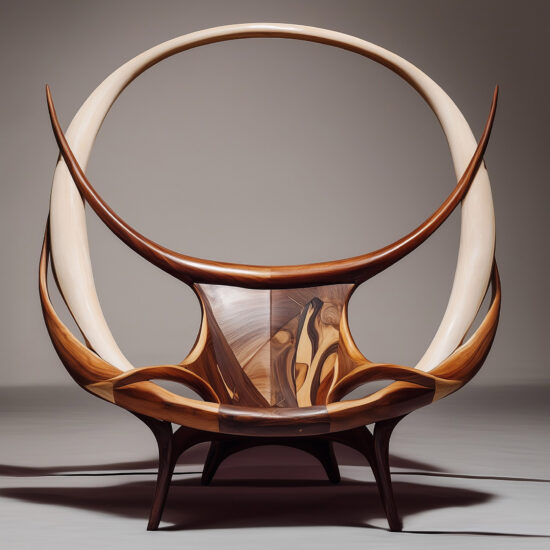Productions of an Intelligence Without Intentions
As designers, we have always been drawn to the allure of the “impossible”—structures and ideas that challenge conventional limits. Throughout history, architects and urban planners have explored this concept through utopian and ideological proposals, coining terms like “visionary” or “paper architects.” From Étienne-Louis Boullée’s Cénotaphe à Newton to Yona Friedman’s Ville Spatiale, and from the Metabolist 1960 plan for Tokyo to Frank Lloyd Wright’s Broadacre City, these works have used the impossible as a lens to critique the trivial and inspire socio-political transformation.
In art and literature, the idea of the impossible reaches even further. Labyrinths designed to eternally entrap the Minotaur, Borges’s infinite Library of Babel, and Escher’s paradoxical constructions defy practicality and logic. These creations exist in a space where the boundaries between the real and the unreal blur, serving as tools for understanding and interpreting what lies beyond our comprehension.
AI-assisted art and architecture, however, has shifted this paradigm entirely. In this new realm, the dichotomy of real versus unreal dissolves. The absence of clear intent behind AI-generated creations erases traditional reference points. Unlike human-made works, which are informed by intention, AI outputs are born from a process devoid of predefined purpose. Each image produced by AI, at its current stage of development, can be likened to the artwork of a supremely talented child. A child’s depiction of a table, for example, may be unrecognizable—not because of a lack of technical skill or accuracy, but because it may not be intended to represent a table in the way we understand it. This lack of intent imbues their work with a sense of authenticity and sophistication.
In AI-generated art, anything can become everything, existing in an entirely impossible world. This is perhaps the most compelling lens through which to approach AI’s role in art and architecture—a space where possibility flourishes untethered to intention or convention.
The Louhi lounge chair series, created using the Midjourney AI text-to-image tool, embodies this approach to AI-assisted design. These chairs feature impossible forms and materials imagined through unintentional compositions and unconventional scales. The result is a collection of objects that feel simultaneously familiar and strange, evoking both intrigue and dysfunction.
Louhi takes its name from a shapeshifting queen in Finnish mythology, embodying the essence of transformation and the unpredictable nature of AI-generated creativity.
